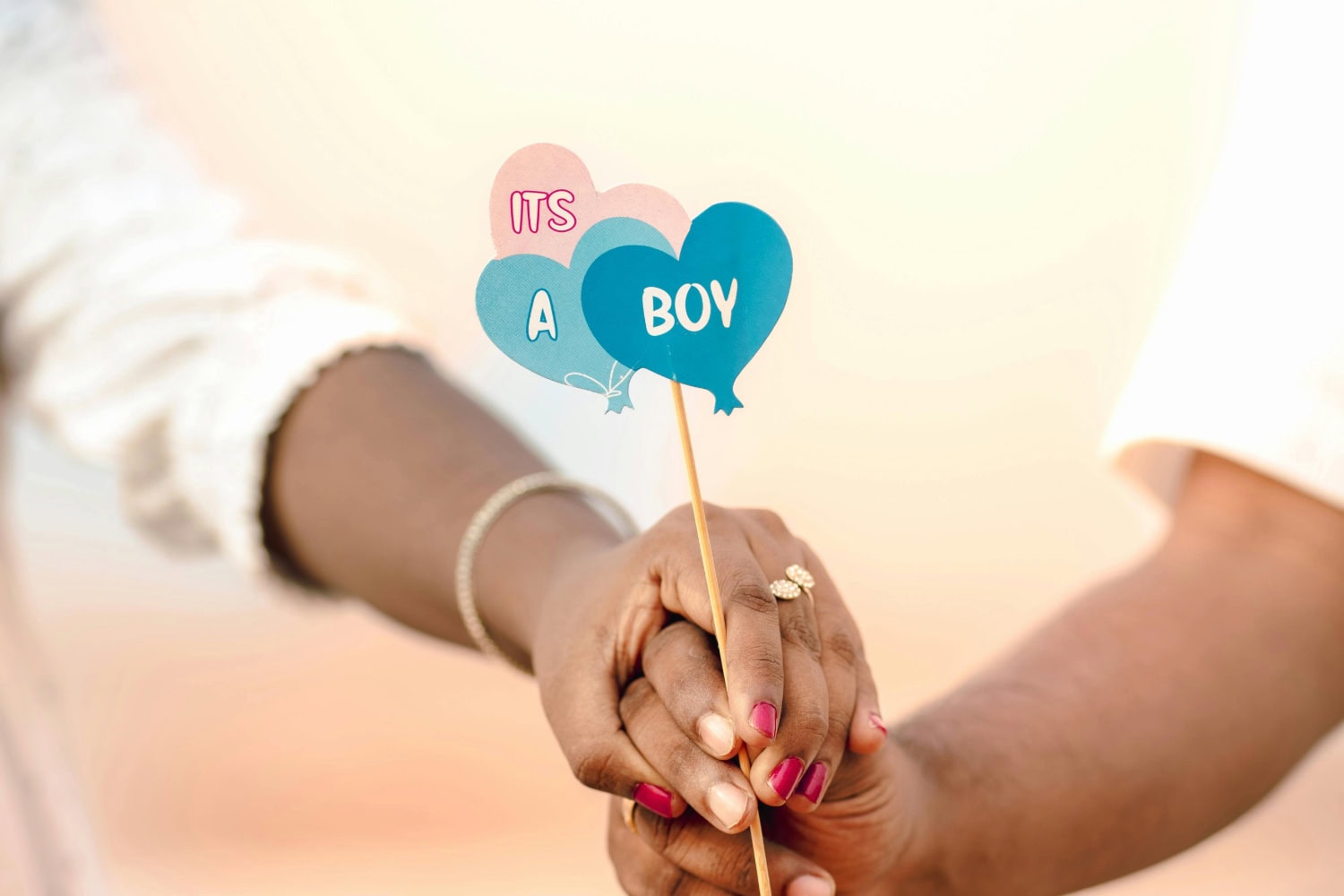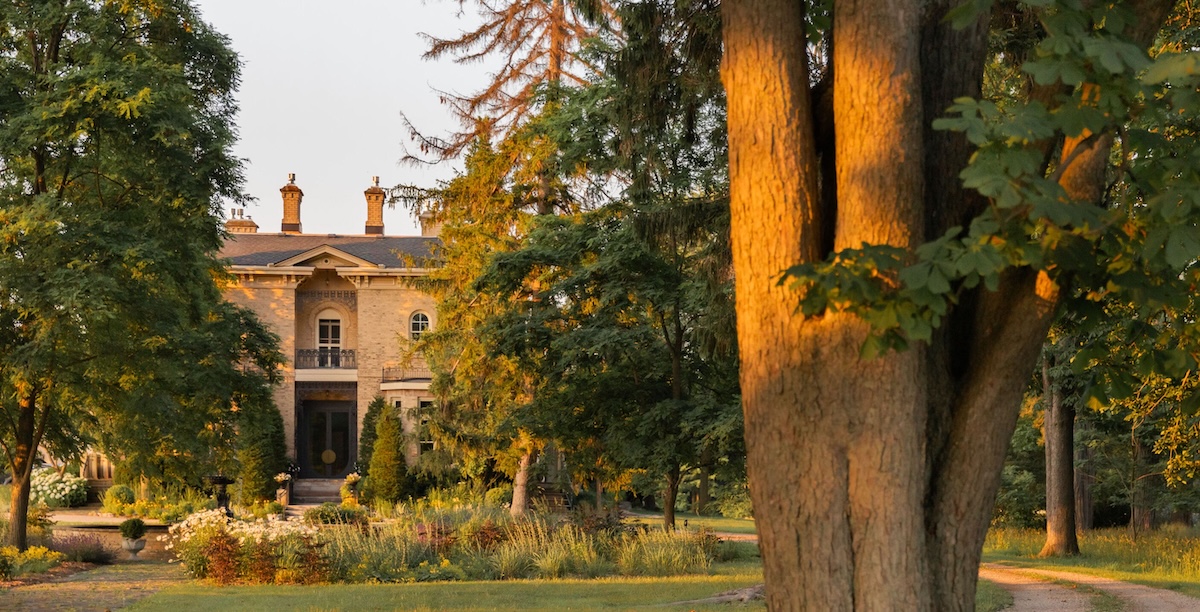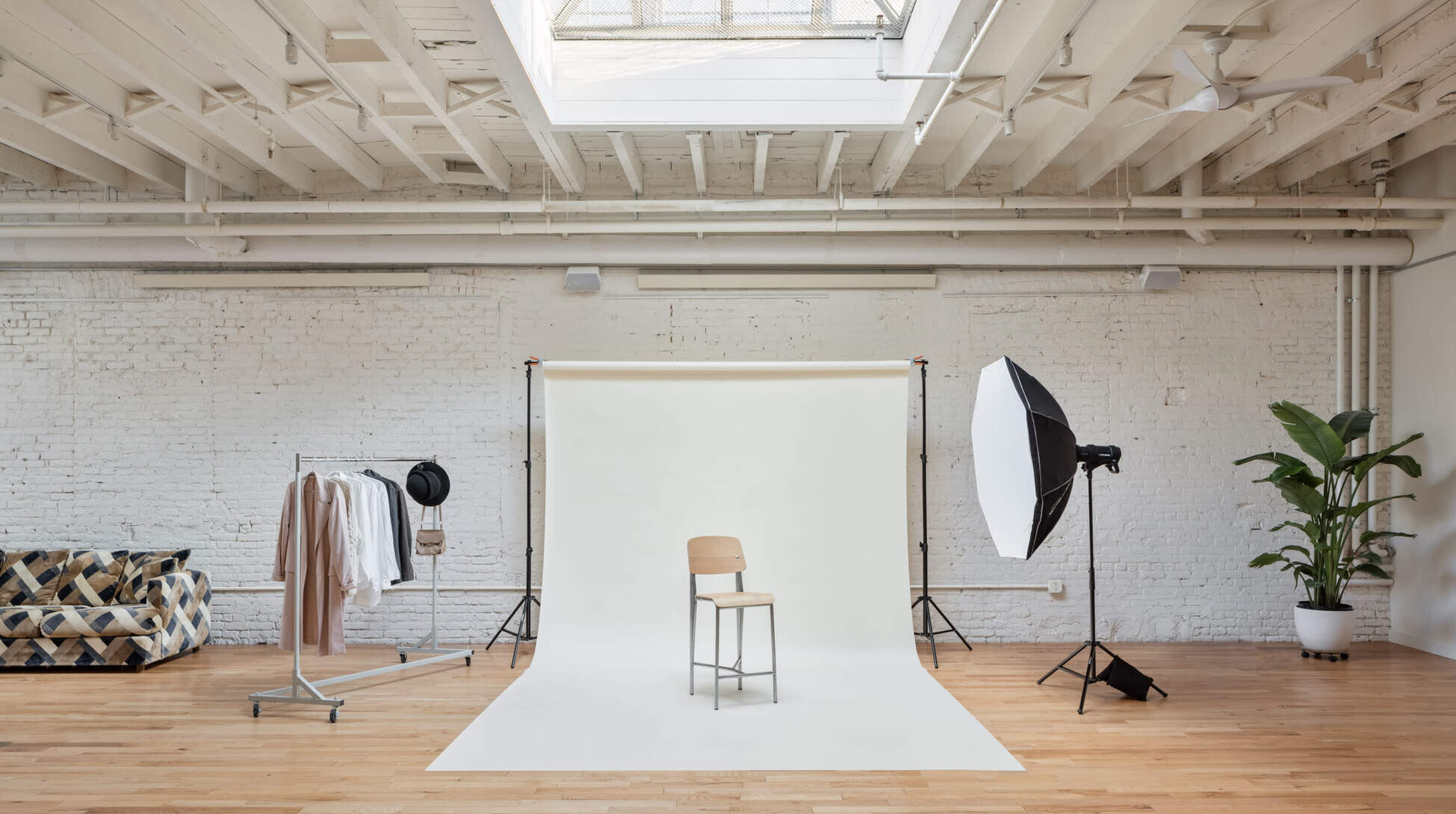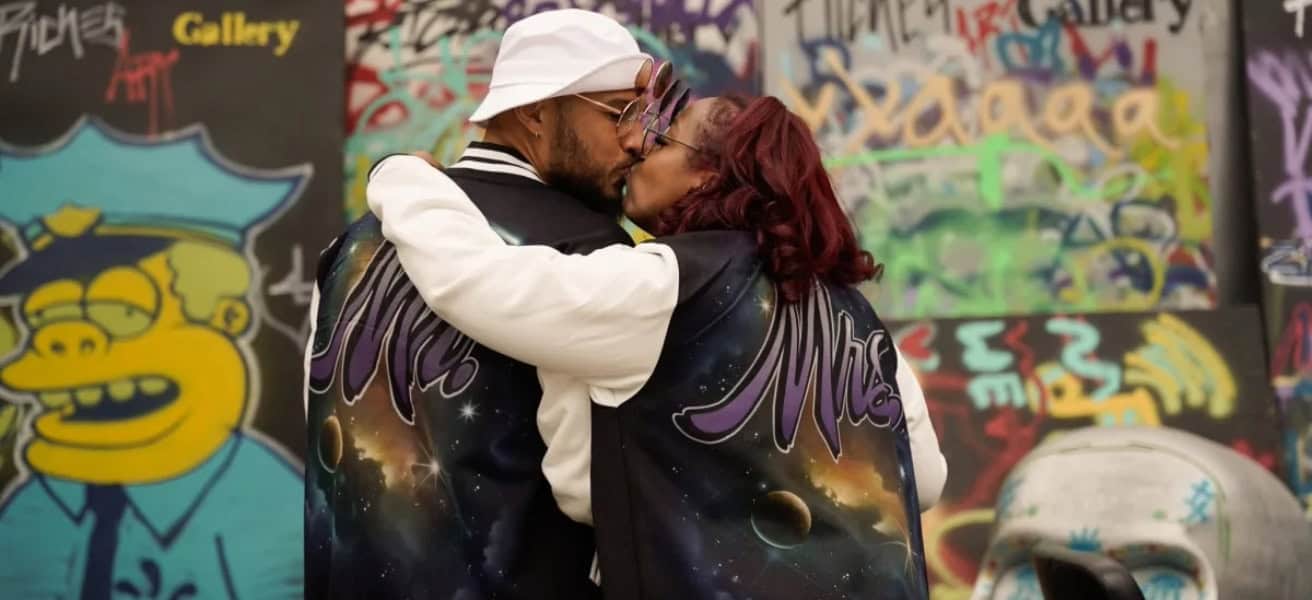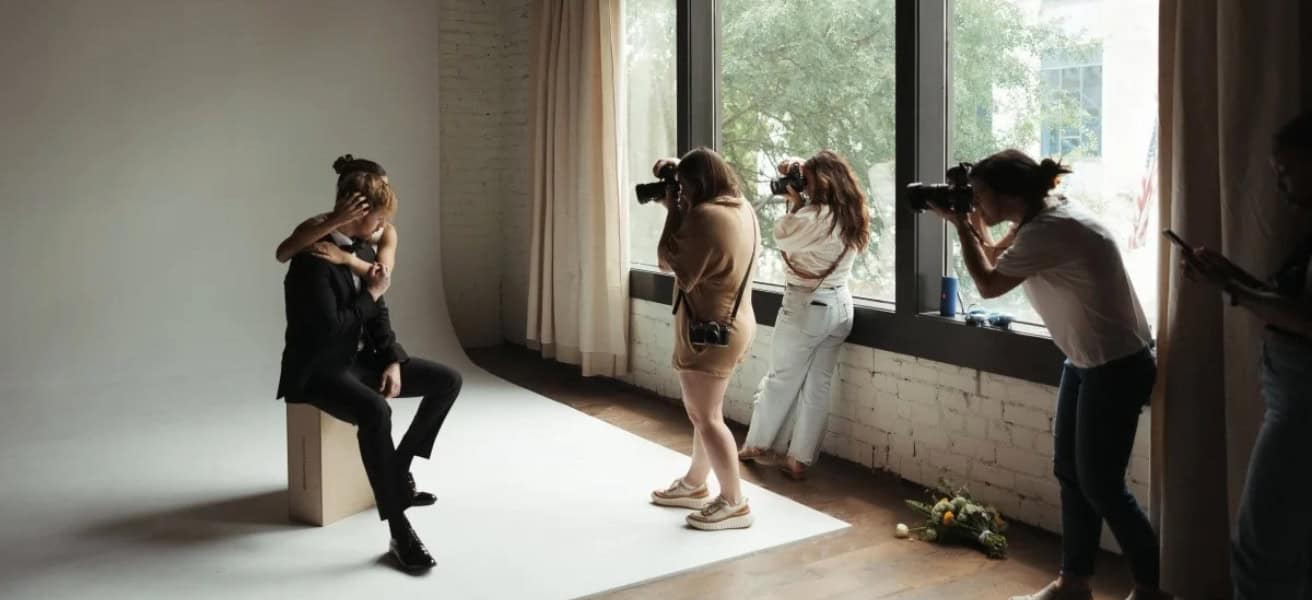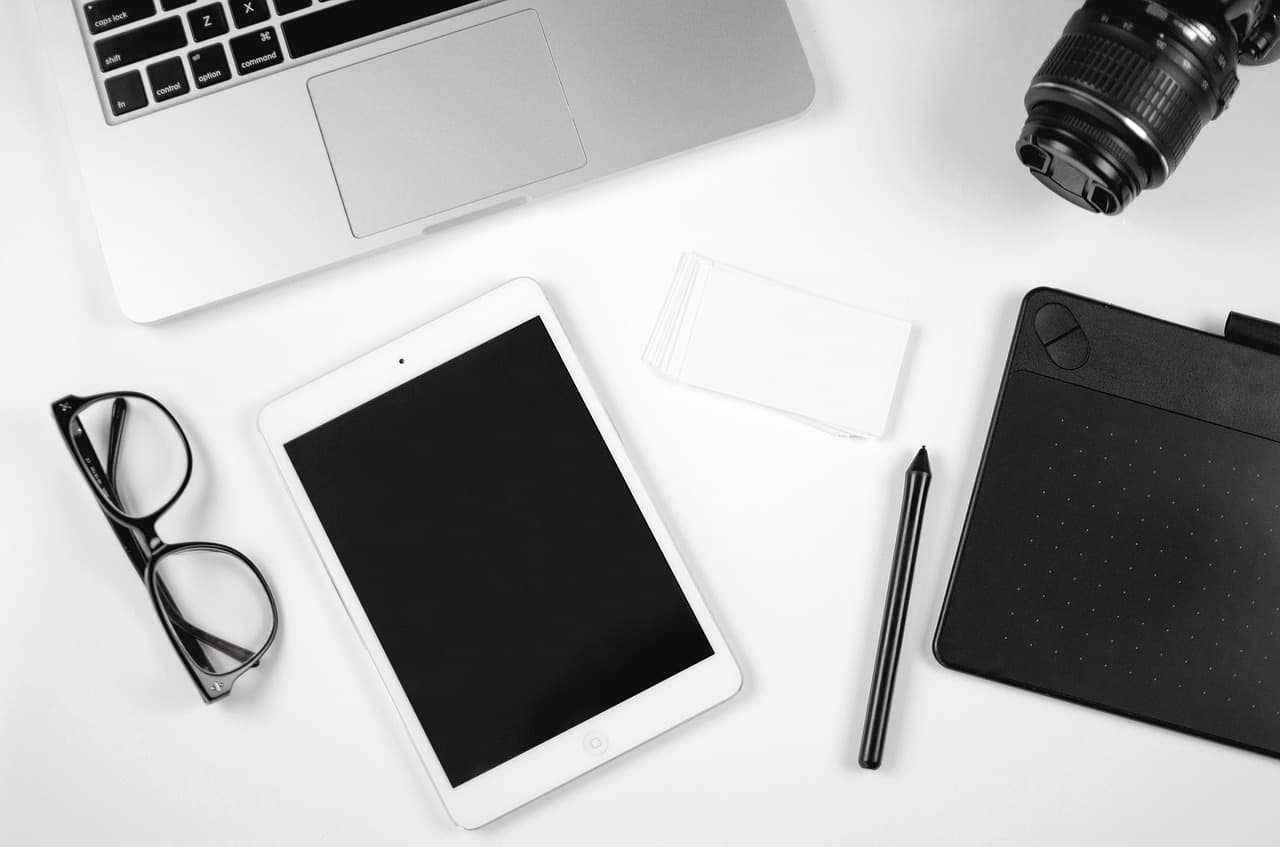
Source: Pixabay
Business cards are a must for freelancers in any industry, but photographers have a particular set of factors to consider. After all, you’re offering not only a routine professional service, but a very personalized product in a creative industry. The impression that your business card gives off can make all the difference between a client who makes a booking and one who doesn’t. Here’s virtually everything you need to know about how to make photographer business cards — from what size and shape to use, what to put on them, and where to print them.
Choosing the right shape
There are a few different schools of thought regarding which style of card to use for a photographer business card. There’s the standard 3.5″ x 2″ card, which is about the size of a credit card and can fit neatly in a client’s wallet. This is advantageous if you’re a corporate photographer with clients whom you’ll be meeting in a professional setting.
On the other hand, if you’re a photographer who takes lifestyle portraits or offbeat wedding photography, you may be better off with a less conventional card. This way, your prospective clients can engage with it. For example, your business card could be in the shape of a bookmark or a drink coaster, which is something they’ll see every time they pick up a book or sit down at the coffee table. If you’re a pet photographer, your card could be shaped like a bone. An unconventional business card might cost more up front, but it could lead to a higher rate of inquiries from clients.
Designing your card
Decide whether you’re going to design the card yourself or hire a graphic designer. Don’t hesitate to outsource the design work — a poorly designed card is worse than none at all. That extends to all aspects of the design. While there are websites where you can download a template and design your cards at a low cost, the quality of these tools vary. If you use a print-on-demand service, choose one that uses premium card stock and omits a watermark that advertises the company.
Why does the quality of your card matter? For one, it signals to your prospective clients the level of quality they can expect from you. If you cut corners on your business card, how can they be sure you won’t cut corners on their project? And this will lead to further questions: will you dress professionally at their event? Store their photos securely on your hard drive? Print their images on high-quality photo stock?
Secondly, even if they overlook the business card and consider hiring you anyway, it may lower the fee they’re prepared to pay you. They’ll have formed an impression of you as a “low-budget photographer,” one whom they can hire for prices below the market rate. So keep your business card classy!
What to put on your card
Let’s assume either you have sufficient graphic design skills or opted to hire a design professional to make your business card. What kind of information should you put on the card?
At the very minimum, include a link to your website, contact information like email and phone number, as well as Instagram and other social media handles. You should also include your name (obviously), your specialty (i.e., corporate event photography), and the name and logo of your business, if you have one.
That’s it – don’t go overboard. There’s no need to include testimonials, rates, or availability – your client can look that up on your website. Plus, that extra info may create a cluttered appearance. If you want to get fancy, you can include a QR code so your clients can scan the card with their phone and instantly access your site, but only if that fits with your branding.
How many images should you include?
Since you’re marketing your photography, it makes sense to include an image of your own work on the card. But with so many images to choose from, how do you know which one to pick?
One option is to choose five or six of your best images and print one each on the back of every card. This way, when you meet a potential client, you can choose the one that you think will most appeal to their sensibilities. This is a great option if you have more than one specialty: corporate clients get one card, and engaged couples get another.
Another idea is to include multiple images on the same card: for example, you could depict a roll of film stock showing a different one of your photos in each frame. This will take more advanced design skills to get right.
Only do this if it’s important to your branding, though. After all, your prospective client will likely visit your website to see your full portfolio, so if you think you can compel them to do this with one amazing image, don’t clutter your card with more than is necessary.
Headshot or not?
Finally, do you include a photo of yourself on your photographer business card? That depends on what kind of photography you do and how much your personality is tied to your brand.
If you’re a portrait or wedding photographer, then you want your clients to remember your face and look forward to working with you. If you shoot fine-art photography, then it’s more important to showcase your work and only include your face if you still have room on your card. Clients can always go to your website or social media pages to learn more about you.
If you include a headshot, make sure it’s relaxed and casual with a friendly smile. Alternately, you could include an action shot of yourself at a wedding or corporate event with camera in hand. The best place for a headshot is generally to the left of your contact info, filling up about a third of the card.
Ready to print?
This post should give you a sufficient overview of how to create your own photographer business cards. If you’re ready to design your cards, you have plenty of print-on-demand options to choose from, including Moo.com and Canva Print. Get your order in today and you’ll be ready to start networking in no time!
Find unique photoshoot locations on Peerspace
Get together somewhere better
Book thousands of unique spaces directly from local hosts.
Explore SpacesShare your space and start earning
Join thousands of hosts renting their space for meetings, events, and photo shoots.
List Your Space

